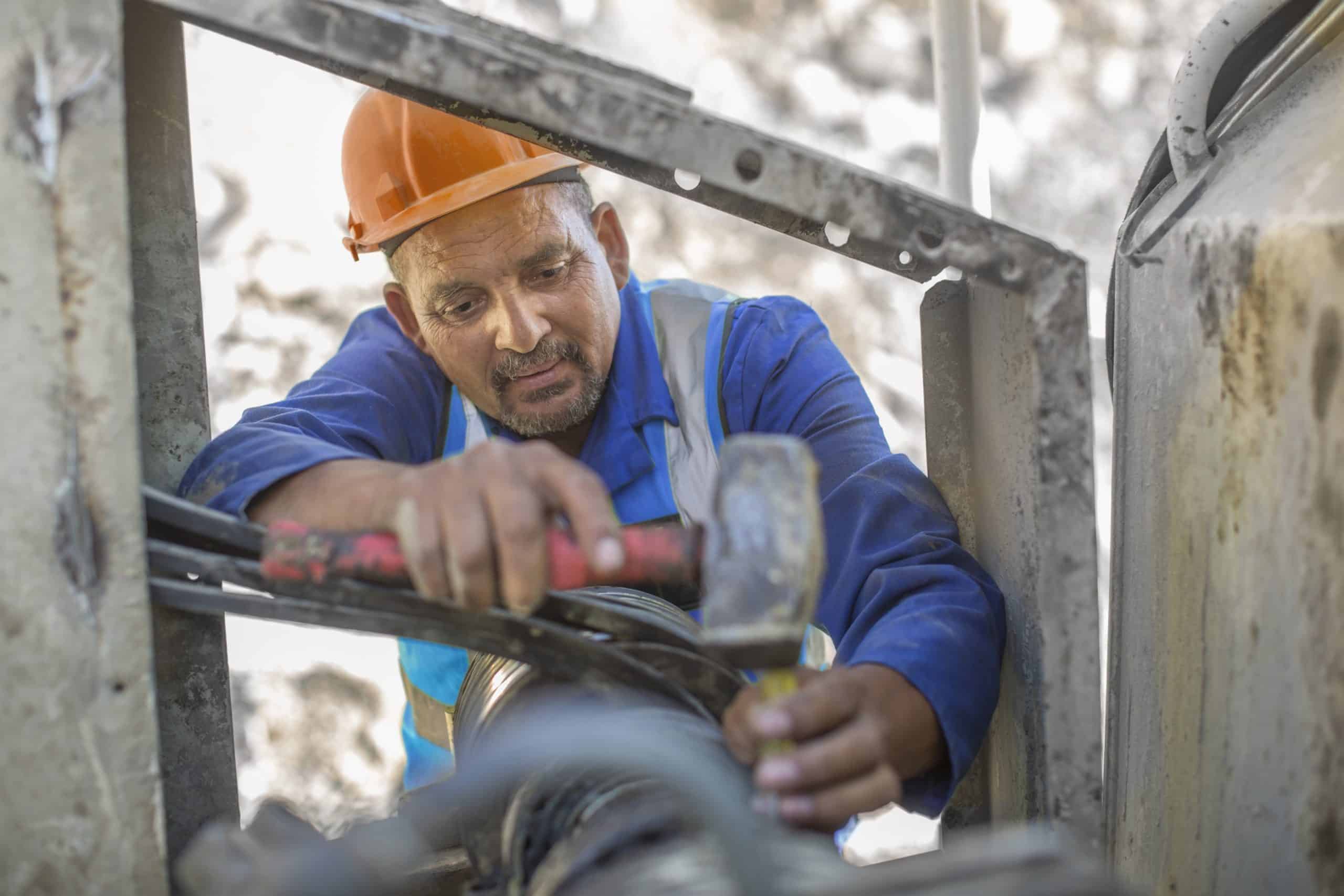What Are the Latest Trends in Prefabricated Housing for Rapid Development in Urban Areas?

With an increasingly urban global population and the need for speedy, affordable, and sustainable construction, the prefab housing market is making some unprecedented strides. While traditionally, the word ‘prefabricated’ may have conjured up images of bland, mass-produced houses lacking in character, today’s prefab homes are anything but. As we enter the second half of 2024, the global construction market is abuzz with modular building trends that are reshaping the way we think about housing.
The Growth of the Prefabricated Housing Market
The prefabricated housing market is undeniably in a phase of rapid growth. According to a recent market report, the global market size for prefabricated homes, also known as modular housing, is forecasted to reach well over $150 billion by the end of this decade. This represents a significant increase from just a few years ago.
A lire aussi : How to Incorporate Off-Grid Energy Solutions in Remote UK Real Estate Developments?
What’s driving this growth? Firstly, the construction industry is under pressure to build more homes to cater to the growing urban population. Prefabricated housing offers a reliable and efficient solution to this problem. They can be built much faster than traditional homes, and the process is less prone to weather-related delays or site-specific issues. Moreover, prefabricated buildings require less manpower on-site, helping builders meet the demand more effectively.
The market segmentation of prefab housing also explains its growth. There are different types of prefabricated buildings, each catering to a different segment of the market. For instance, there are luxury prefab homes for those demanding high-end finishes, and more affordable options for first-time buyers or those on a budget. This versatility in product type is attracting a wider range of customers.
Avez-vous vu cela : How Can Technology Help Real Estate Agents Provide More Personalized Services?
Sustainability and Innovation in Materials and Design
A significant trend in the construction industry, not just in the prefabricated segment, is the growing focus on sustainability. With concerns about climate change and the environmental footprint of buildings, many builders are turning to eco-friendly materials and designs.
Several companies are experimenting with novel material types to make prefab homes more sustainable. For example, some are using recycled steel and wood, while others are incorporating renewable materials like bamboo or straw bales. These sustainable materials not only reduce the environmental impact of the homes but also provide excellent insulation, reducing the homes’ energy needs.
In addition to sustainable materials, innovative designs are also becoming commonplace. These include energy-efficient systems, green roofs, and designs that maximize natural light. Some builders are even incorporating smart home technology, allowing homeowners to control their home’s energy usage more effectively.
Customization in Prefabricated Housing
Another trend in prefabricated housing is the rise of customization. While prefab homes have always been customizable to some extent, we’re now seeing an increased emphasis on bespoke designs.
More and more, homeowners want their homes to reflect their unique style and needs. This is where the prefabricated housing market stands out. With modular construction, different modules can be arranged and combined in any number of ways to create a unique floor plan. Some companies even offer an online tool where customers can design their own home, choosing from a range of modules and finishes.
In this way, prefab homes offer the best of both worlds – the speed and efficiency of modular construction, with the individuality and customization of traditional home building.
The Role of Technology in Prefab Housing
Technology plays a crucial role in the growth and evolution of the prefab housing market. From digital design tools to automated manufacturing processes, technology is enabling builders to produce high-quality prefab homes more efficiently than ever.
One of the most significant technological advancements in this field is the use of Building Information Modeling (BIM). This software allows for more precise design and planning, reducing errors and waste in the production process.
Another trend is the rise of 3D printing. Some companies are already experimenting with 3D printed components in prefab homes, and it’s likely that we’ll see more of this in the future. This could revolutionize the industry, enabling even more customization and further reducing the time and cost of construction.
In summary, the prefab housing market is on a sure trajectory of growth, spurred by the need for quick, affordable, and sustainable housing. With developments in sustainable materials, customization, and technology, the future of prefab housing looks brighter than ever. We can expect to see even more innovation and creativity in this field as it continues to evolve and adapt to the needs of urban populations worldwide.
Prefabricated Housing and the Impact on the Global Economy
The rise of prefabricated housing has significant implications for the global economy. With the prefabricated buildings market forecasted to reach well over $150 billion by the end of the decade, the financial benefits are substantial.
Prefabricated housing construction is faster, reducing the time and resources needed for standard construction processes. It offers a dependable method to meet the increasing demand for urban housing, thus contributing to the stability of the global economy. As housing is a significant component of a country’s GDP, the growth of the prefab housing market could positively affect economies worldwide.
Additionally, the advancements in technology associated with prefabricated building enhances productivity. Technological tools like Building Information Modeling (BIM) and 3D printing increase efficiency, reducing wastage and costs. This results in lowered housing prices, benefiting the consumer and stimulating economic activity.
Furthermore, the market segmentation of prefab housing caters to various income groups. The availability of luxury and affordable housing options broadens the consumer base, fostering economic inclusivity.
Finally, the focus on sustainability in prefab housing construction could have long-term economic benefits. The use of eco-friendly materials and energy-efficient designs could lead to significant savings in energy costs. These savings, in turn, could be channeled back into the economy, promoting further growth.
Conclusion: The Future of Urban Housing
The advancements in prefabricated housing are redefining the future of urban living. As the global population continues to urbanize, the need for quick, affordable, and sustainable housing becomes increasingly pertinent. The prefab housing market, with its innovative and flexible solutions, is well-poised to meet this challenge.
The growing focus on sustainability in the construction industry aligns perfectly with the goals of prefab housing. The use of recycled or renewable materials, combined with energy-efficient designs, makes prefab homes a practical choice for the environmentally conscious consumer.
The ability to customize prefab homes to an individual’s requirements adds another layer of appeal. This personalization aspect, coupled with the affordability and speed of construction, makes prefabricated housing an attractive option for a wide range of consumers.
Technological advancements like BIM and 3D printing are revolutionizing the prefab housing construction process. These tools increase efficiency, reduce costs, and open up possibilities for even more customization.
Overall, the future of the urban housing market lies in prefabricated buildings. As we move forward, we can expect to see more innovation and creativity in this sector, as it continues to adapt and evolve to meet the changing needs of the global urban population.
